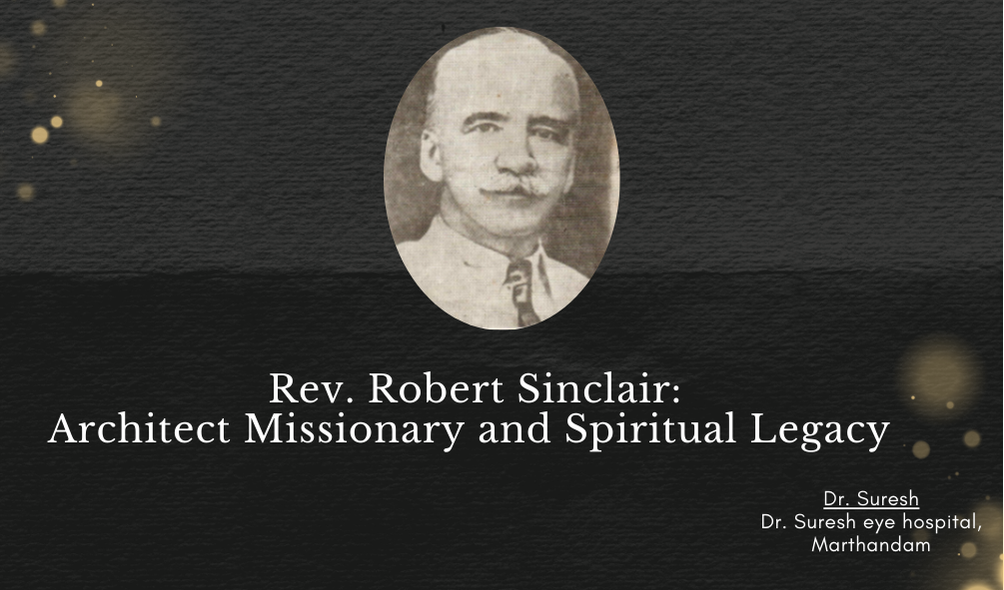Rev. Robert Sinclair, a Scottish missionary and architect, dedicated over 30 years to serving Marthandam, Tamil Nadu. Known as the "architect missionary," he oversaw the construction of the Marthandam CSI Church, a monumental structure completed in 1933, symbolizing his deep commitment and vision. Sinclair also contributed to the creation of schools and educational buildings that continue to serve the community. Despite personal sacrifices and challenges, including sending his children back to Scotland for education, Sinclair’s legacy endures in both the physical structures and the spiritual transformation he brought to the region, inspiring future generations.
Rev. Robert Sinclair:
Architect Missionary and Spiritual Legacy
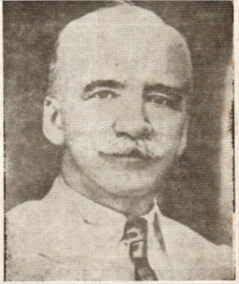
Rev. Robert Sinclair, the second resident missionary at Marthandam, left an indelible mark on both the architectural landscape and the spiritual life of the region. Arriving in Nagercoil in 1910, he began his journey in the Nagercoil Mission District of the London Missionary Society (L.M.S.). Despite personal hardships, including the delayed marriage to Miss Bessie Graham Smith—whom he married in Nagercoil in 1910—Sinclair's commitment to his missionary work in India never wavered.
Early Life and Calling
Born on November 15, 1883, in Glasgow, Scotland, Robert Sinclair faced early adversity when his father, a skilled stonemason, passed away. This tragedy forced Sinclair, at the tender age of fourteen, to abandon formal schooling and work as a blacksmith to support his family. These formative years, however, also fostered in him a strong character shaped by humility, faith, and resilience, virtues that would later define his missionary journey.
His spiritual awakening occurred while working at a blacksmith's factory in Cambuslang, where he became closely involved with the Congregational Church. After two years of study at Glasgow, Sinclair’s passion for missionary work led him to dedicate his life to Christian service, and in 1909, he joined the mission in India.
Missionary Work in India
Sinclair’s life in India began in Nagercoil in 1910, where he worked alongside Rev. John Parker. In 1919, Sinclair succeeded Rev. I.H. Hacker and moved to Marthandam as a missionary, where his impact would become profound. His architectural prowess earned him the title of "architect missionary," as he oversaw the construction of numerous mission buildings, which continue to serve as landmarks of his legacy.
Mission Bungalow
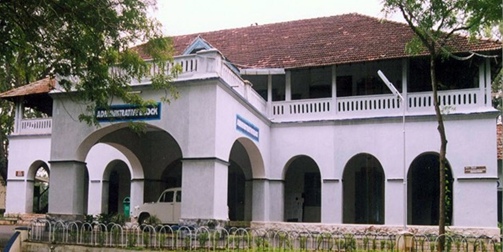
One of his early projects was the completion of the mission Bungalow in Marthandam, which had been left unfinished by his predecessor. His most significant architectural achievement was the construction of the magnificent stone church in Marthandam, which took a decade to complete. Rev. Sinclair personally managed the acquisition of land, sourced materials, and oversaw every phase of the construction, from laying the cornerstone in 1924 to the church’s dedication on May 13, 1933. This church, with its intricately carved lime stone roof and impressive tower, stands as a testament to Sinclair's dedication and architectural brilliance. The tower’s clock, imported from a renowned Scottish clock factory, chimed across the surrounding countryside, symbolizing both the passage of time and the enduring spiritual legacy Sinclair left behind.
Sinclair’s architectural contributions also included the Girls Vernacular Middle School, the girls' boarding home, and several other educational buildings, many of which continue to serve educational purposes today. He took personal responsibility for sourcing materials, including the slate tiles for the church roof, which were imported from Scotland at great expense.
Personal Life and Sacrifices
During his time in India, Sinclair made personal sacrifices, notably sending his children—John, Sibyl, and Isabel—back to Scotland in 1926 for their education. This separation was painful but embraced with spiritual grace, reflecting Sinclair and his wife’s unwavering commitment to both their family and their mission.
Sinclair's life was not without challenges. In 1937, due to the declining health of his wife, Mrs. Sinclair, the couple returned to Scotland on furlough. However, the outbreak of World War II disrupted their plans to return to Marthandam. Sinclair, though separated from his beloved mission, continued to serve as a pastor in Glasgow during the war, even amidst the bombing raids.
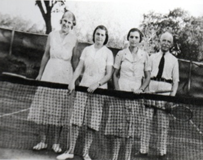
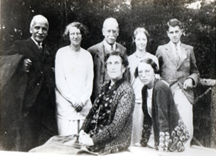
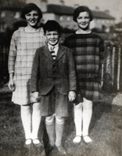
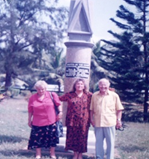
Rev. Sinclair’s Family
Final Years and Legacy
Rev. Sinclair’s life came to a tragic end on September 12, 1946. The news of his passing was met with deep sorrow in Marthandam, where the church bell tolled in remembrance. Having dedicated 30 years of his life to the mission in India, Sinclair was remembered not only for his architectural achievements but also for the deep spiritual transformation he brought to the community.
The dedication of the new church in 1933 marked the pinnacle of his work. Even after his death, his legacy lived on in the stone walls of the church, the schools, and the people he had helped shape spiritually and culturally. In 1980 and 1981, his son, Dr. Sinclair, visited Marthandam to witness the lasting impact of his father’s work.
Rev. Robert Sinclair’s life embodied the profound intersection of architectural brilliance, missionary dedication, and spiritual transformation. He was a true divine sculptor, building not just physical structures but a lasting spiritual legacy that continues to inspire all who encounter his work. His commitment to serving the people of Marthandam, both through his hands and his heart, remains a testament to human potential when guided by a higher purpose.

Click here for : Eye related Tamil blogs : https://tamilsuresh.com/
Click here for : Eye related English blogs :https://www.suresheyehospital.in/


